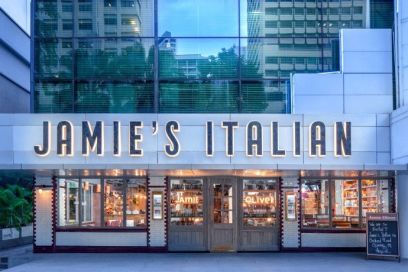How Art Has Adapted In The Age Of Social Distancing
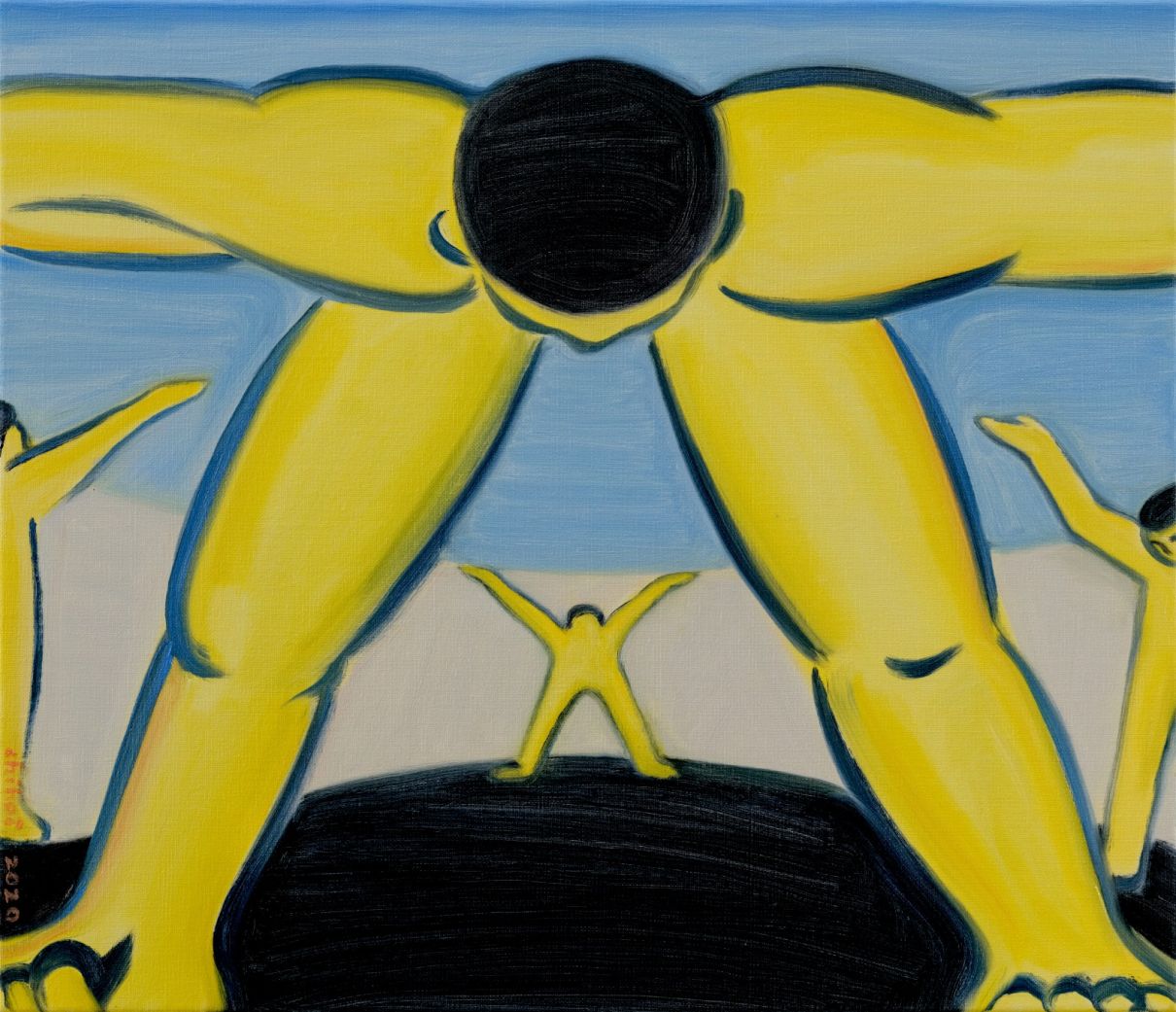
The way we consume art is undergoing a seismic shift, which may be permanent.
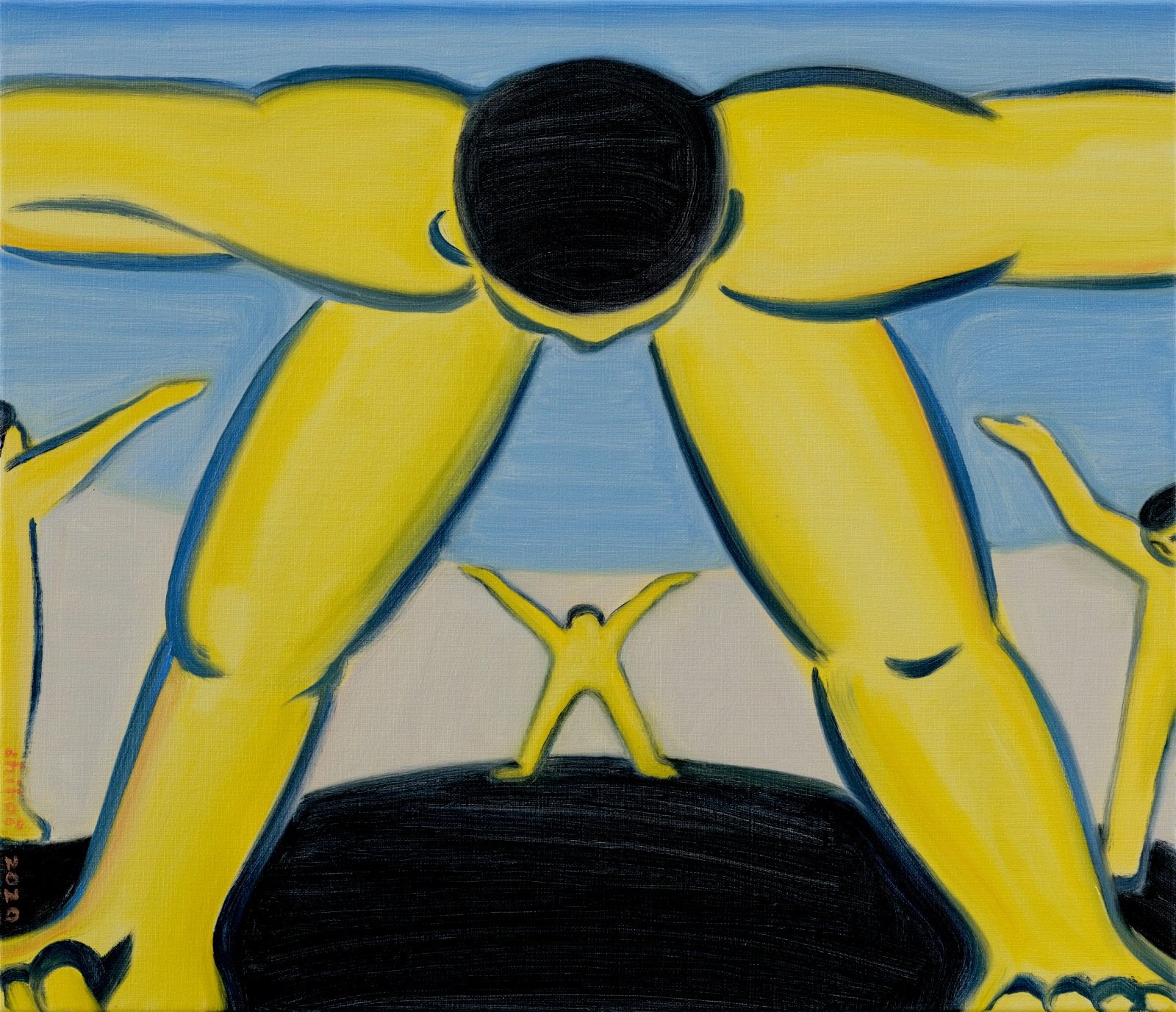
As COVID-19 has gained a foothold in over 120 countries globally, with close to 370,000 cases confirmed, museums and art fairs around the world are closing or closed to contain the spread, in light of warnings from governments to maintain social distancing.
Art Basel Hong Kong, Asia's biggest art fair that would have taken place this month, then the Tefaf antiques fair in Maastricht, were two of the first of hundreds of art fair-related closures this year. Art Central in Hong Kong, Frieze in New York, Dubai Art Fair, the Sydney Biennale, Art Brussels and Art Cologne have all cancelled or postponed operations, while museums including the Louvre in Paris, the Tate Modern in London and many museums in New York have shut their doors.
But that doesn't mean art is gone from our lives. There has been an uptick of creative responses, including galleries permitting their clients to have access to their planned art fair exhibitions via online virtual viewing rooms. On Wednesday, Art Basel Hong Kong launched virtually through its Online Viewing Room, the first time to run solely online. Each gallery can upload photos of ten works they would have show, which they can change as they wish, and a price range is given for each, which is a novelty. The fair was open to VIPs (the fair has over 10,000 on file) only for the first two days and is now open to the public until March 25th.
The platform, according to fair director Adeline Ooi in a statement, had already been developed to run in parallel with the fair, providing exhibitors with a platform to showcase additional work. "But we decided to change the concept for this first iteration to give galleries the opportunity to present works that they were planning to show at their booths in Hong Kong," she said.
And from a participation perspective the fair is already a success. As many as 230 of the 245 galleries that would have been present at the fair in Hong Kong, joined the online sales platform. And sales are reportedly already healthy, after a few initial technical glitches. In the first two days Gagosian gallery sold five pieces all above US$250,000, including a Mary Weatherford linen work titled Splendour in the Grass, 2019, which sold for US$750,000, and a painting by Tetsuya Ishida titled Derelict Building Worker's Chair, 1996 which sold for half a million dollars. Nick Simunovic, Managing Director, Gagosian Gallery Asia, said he was "thrilled by the response" to the online viewing rooms.
Meanwhile David Zwirner gallery sold six pieces, including a Marlene Dumas oil painting to a US collector for US$2.6 million and a Luc Tuymans work, titled Tree, 2019 for US$2 million.
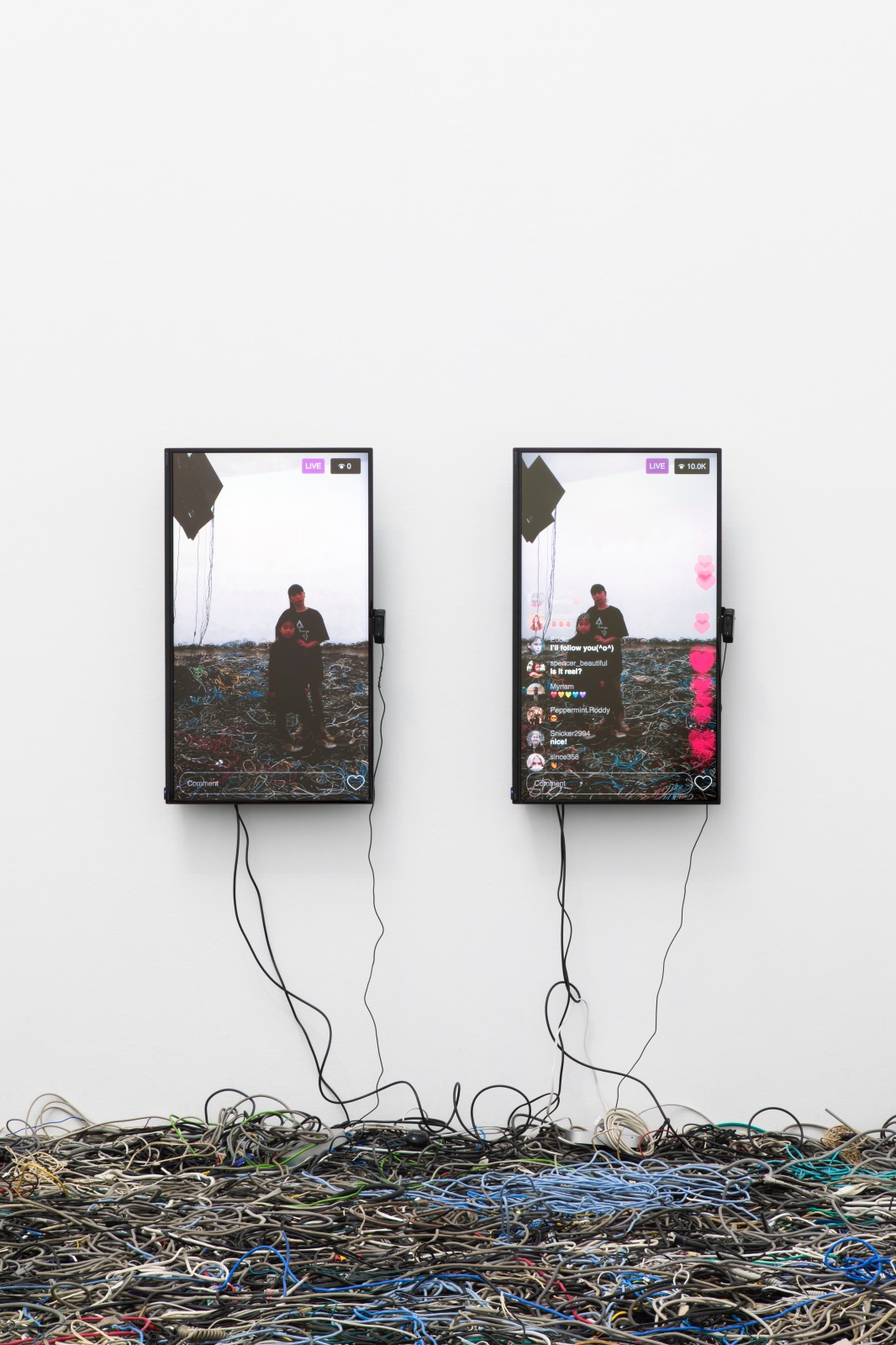
Marc Spiegler, global director of Art Basel, commented that the addition of the price or price range on a piece of work had helped to boost sales. "Studies show that works associated with an amount sell better online. We’re also observing that an increasing number of transactions for increasingly higher prices are happening online," he was quoted as saying.
This seems to be backed up by The UBS Global Art Market Report 2020, authored by Dr. Clare McAndrew. The report showed that last year, younger collectors were becoming more comfortable buying art and antiques online at higher prices, with 36 percent of Millennials who purchased online having paid over US$50,000 for a work of art, including 9 percent who had spent more than US$1 million.
The Art Basel and UBS Global Art Market Report revealed that the online art market has increased substantially in size over the last seven years – by 90% – reaching US$5.9 billion in 2019.
"Art fairs and events continue to be a very important part of the art market in Asia – the social aspect and networking, this is here to stay - but definitely a higher percentage are going online and this is a future growth area," says Adrian Zuercher, Head Asset Allocation APAC, UBS Global Wealth Management CIO.
However it seems, when the dust from COVID-19 settles, attending art fairs and museums in person will not go away any time soon. Alice Mong, executive director of Asia Society and co-founder of Art Power HK, a platform to help institutions in Hong Kong with online activations, said: "Technology has a major role to play as online will be part of the future. People will still want art fairs but young people will consume art differently. Although I believe it cannot replace the live experience, this is the reality of COVID-19."
The UBS Art Market report also suggests physical art fairs have a permanent role. Last year art fairs continued to be highly important buying channels, with 97 percent of collectors from Hong Kong having purchased from an art fair. Visitor numbers at major global art fairs rose by 4 percent in 2019.
"An important consideration amid growing activity in the online sector however is that sometimes there is no substitute to standing in front of an artwork," adds Zuercher. "It helps to understand scale, form, the real colour and just how you feel in your gut in response to the artwork – whether you want to live with it in your home for some years, or are turned off. The technology has not quite been worked out to allow us to fully engage online in this way with artworks, but when it is it will be an extremely powerful tool."
And some brave few are even moving ahead with new galleries in bricks and mortar. This week saw the launch of Villepin, a gallery founded by former French Prime Minister Dominique de Villepin, and his son, Arthur.
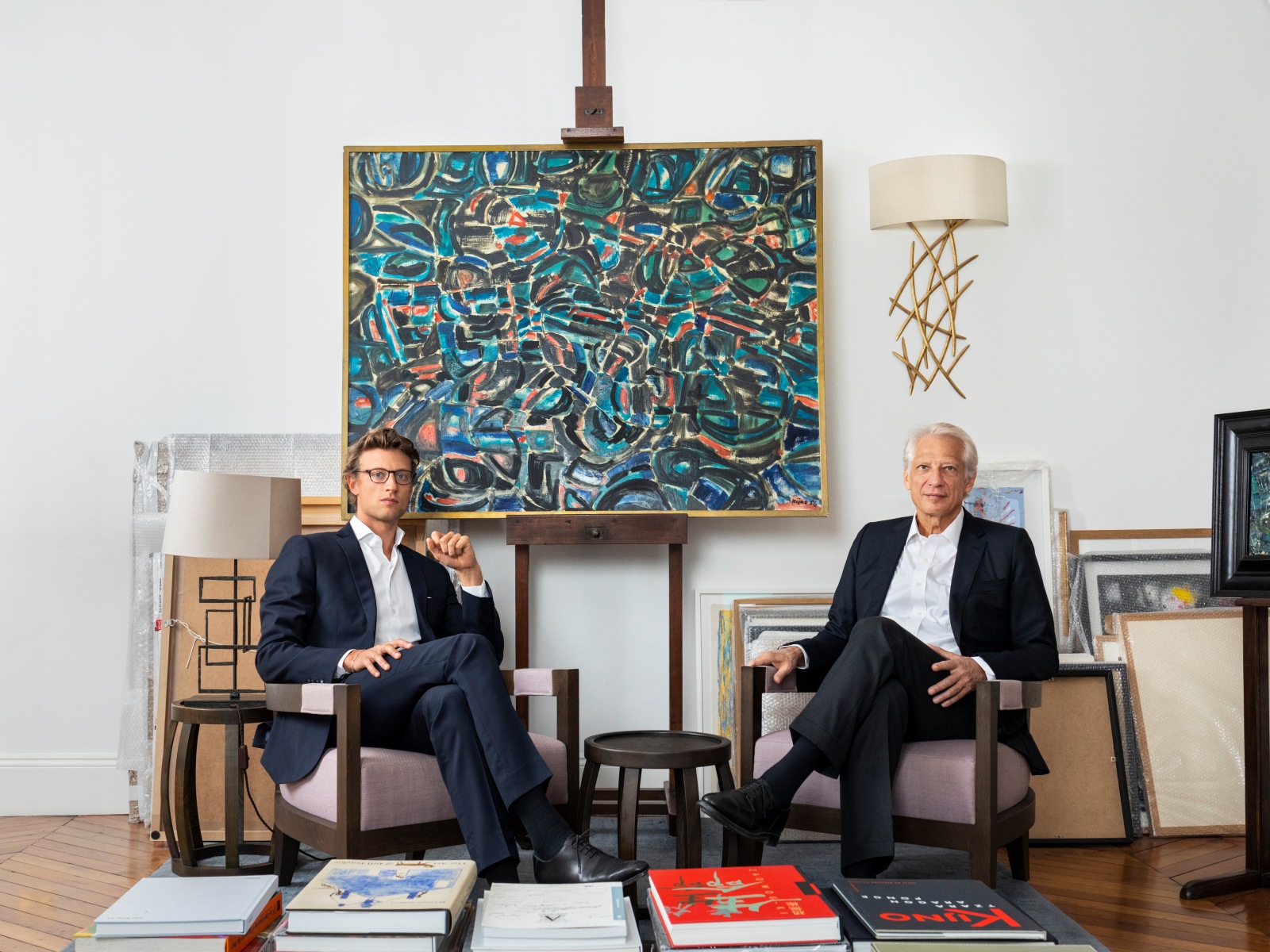
Dominique de Villepin said: "The ability for art to bring people together is at the heart of what we are trying to achieve. It is during these challenging times that we need art, and it is even more important for us...to stay strong and launch the gallery at this difficult moment."



